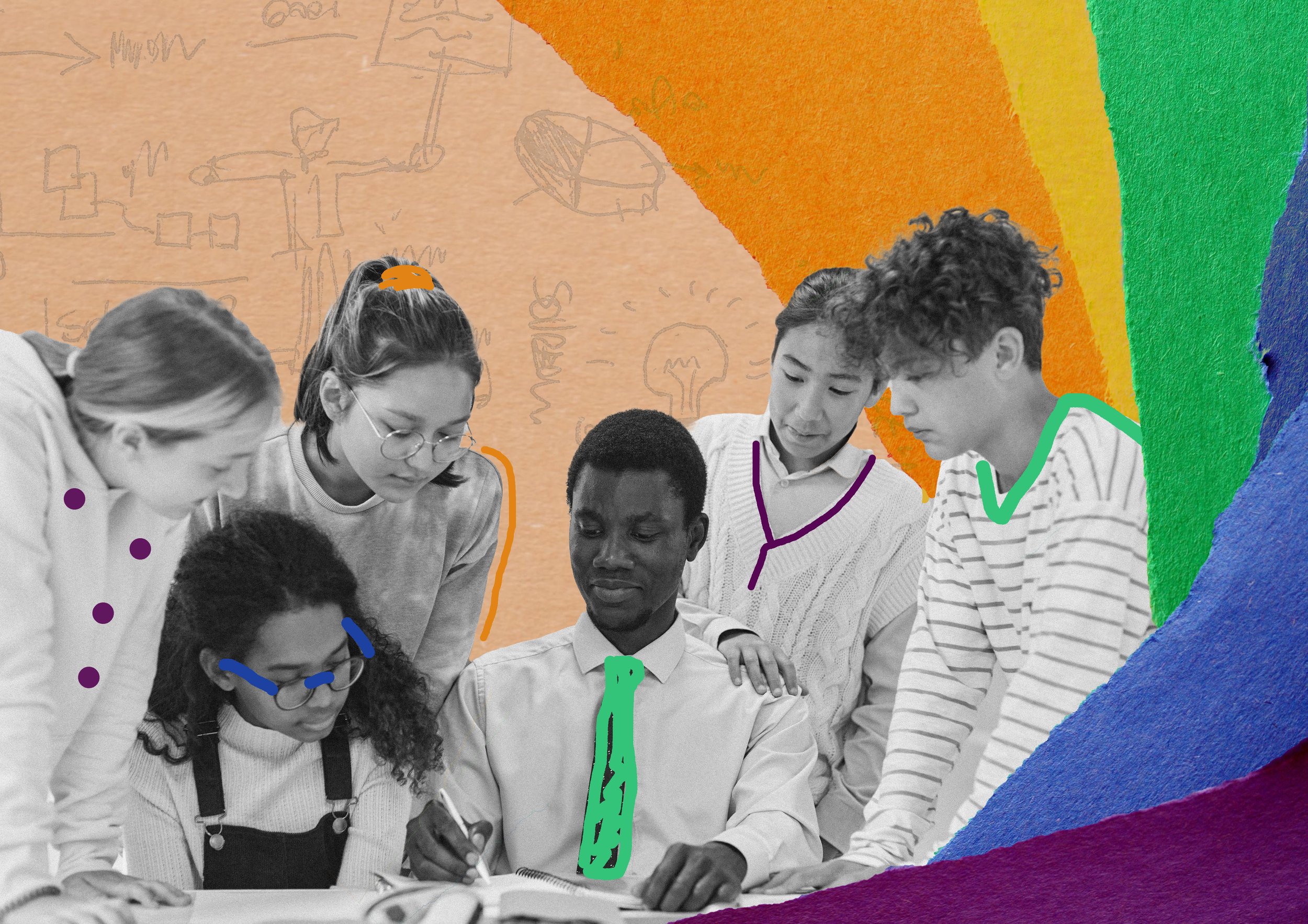Written by David Bielik
As we reach the halfway point in the semester, students may find their attention drawn to places other than the goals set at the beginning of the term. Students have worked so hard to get to this point, but as fatigue sets in, and other responsibilities demand their attention, even the best intentions might be met with a lack of focus, clarity, or drive. Now is a great time for educators to think about how we can effectively remind our students of how far they’ve come, encourage them to stay the course, and help them stay motivated to reach the finish line. Here are some practical ways to help motivate your students through the challenges they may encounter.
Listening and Being Empathetic
Motivating our students starts with understanding what is important to them. Each student has a unique set of experiences, needs, desires, and goals. Taking time to get to know each student individually fosters a sense of belonging and trust on the part of the student, and it allows us as educators to be more empathetic and understand our students in a more holistic way. Ask your students questions like “What are your biggest challenges this semester?”, “What is the most important thing for you right now?” or “What is your top goal this month?” By showing your students that you are interested in their journey, and ultimately their success, you create an environment where students feel not only valued and supported, but invested and motivated.
Encouraging Positivity
A positive classroom culture is essential to helping students stay motivated. Focusing on the reality of adversity has its place, but it’s rarely an excellent motivator. There’s a reason cheerleaders don’t chant, “Give me an L-O-S-E. Realistically, we might LOSE this game because the other team is bigger than us!” Taking on the role of a coach, educators must stay unwaveringly positive and reframe anything that looks remotely like negativity. Use phrases like, “You can do this, you’re so close!” or “I believe in you, I can’t wait to see you overcome this challenge!” By focusing on the positive, we create a sense of momentum that combats the feeling of being stuck. Sometimes what our students need to motivate them is the assurance of someone they trust, the confidence of someone who understands them, and the excitement of someone who is eager to see them succeed.
Focusing on Previous Successes
When students lack motivation, it can be easy for them to minimize the successes that have brought them to this point. Sometimes, students may not even realize how far they’ve come. Recognizing all of the incremental achievements students have made can be a powerful motivator. By bringing light to previous successes, we can help our students to contextualize their lack of motivation as a bump in the road (like ones they’ve been able to successfully maneuver in the past) instead of a complete roadblock. Acknowledging students' efforts and accomplishments, like mastering a challenging concept or completing an important step of a project, builds a sense of accomplishment and reinforces positivity, encouraging students to keep going in the face of adversity. This will motivate your students to keep searching for the next success rather than focusing on the difficulty of the current challenge.
A system of recognition, such as awards or praise, is a great way to foster growth and encourage your students to set and strive for their goals. During the difficult year following the COVID-19 shut-down, I created an “Achievement Bingo” card for my Geometry classes with various achievements, from completing assignments to encouraging classmates to celebrating personal success, in order to help them quantify their progress. I rewarded students with their favorite candy bar when they got Bingo! Along with adding a bit of levity, the game helped my students focus on the successes along the way and continue to search for their next accomplishment, ultimately increasing their motivation by promoting participation, ownership, and confidence. (Also the candy reward didn’t hurt!)
Celebrating Completion
Finally, it is important to follow up after students have completed the journey and help them celebrate their perseverance and success. Too often we focus on getting students to the finish line and don’t take time to reinforce the amazing feeling of accomplishing something very difficult. Make sure you pause and intentionally recognize the success of your students. Send a congratulatory email, throw a party, or give out certificates to help students to celebrate the completion of their hard work. This will also give them a powerful incentive for their next difficult project, remembering that feeling of accomplishment after completing all of the challenging work to get there.
Motivating students is a multifaceted challenge that requires a personalized and dynamic approach. By listening and laying the foundation of empathy, staying enduringly optimistic, recognizing previous successes, and intentionally celebrating the completion of the goal, not only will we help motivate our students amid their current situation, we can also help them develop skills and experiences to stay motivated and succeed when they face their next challenge.

